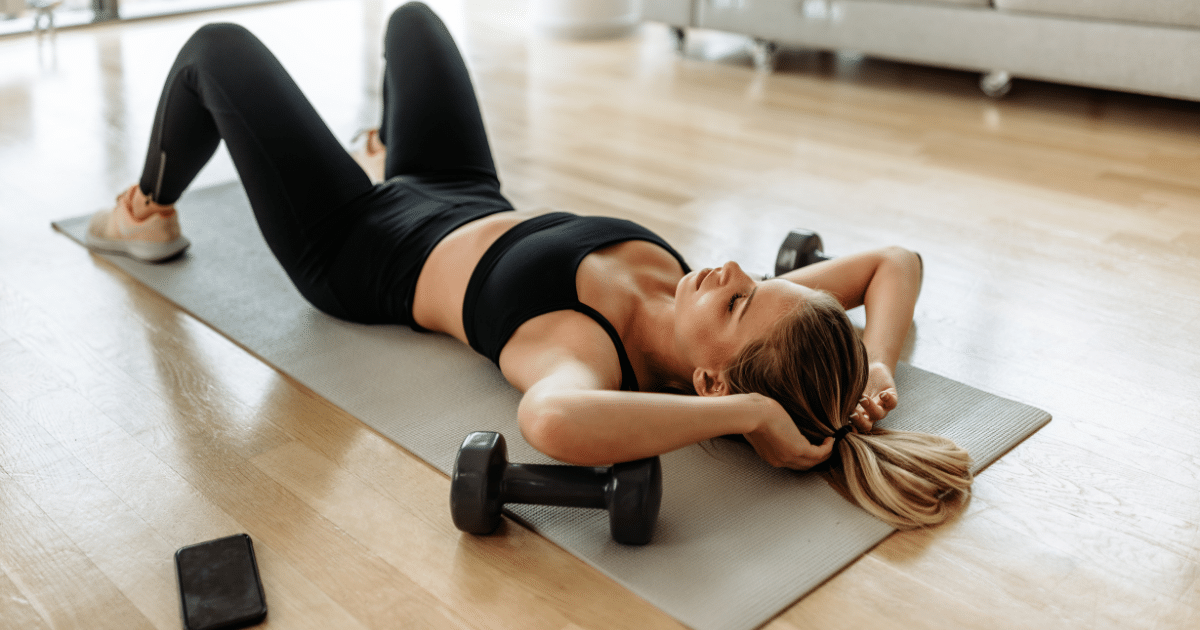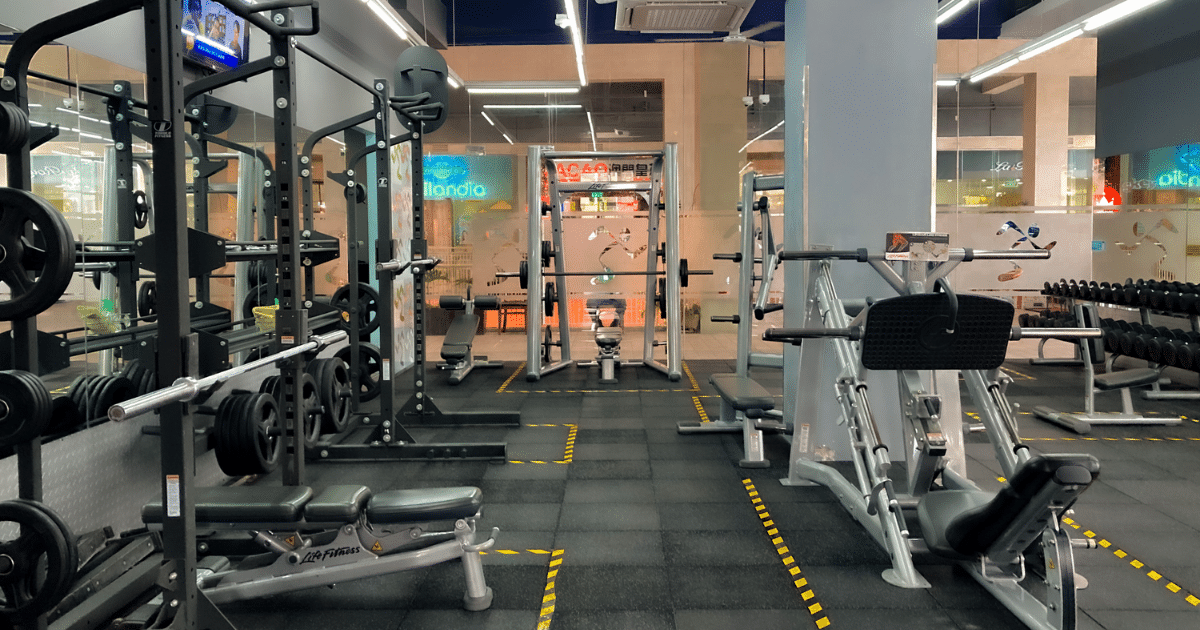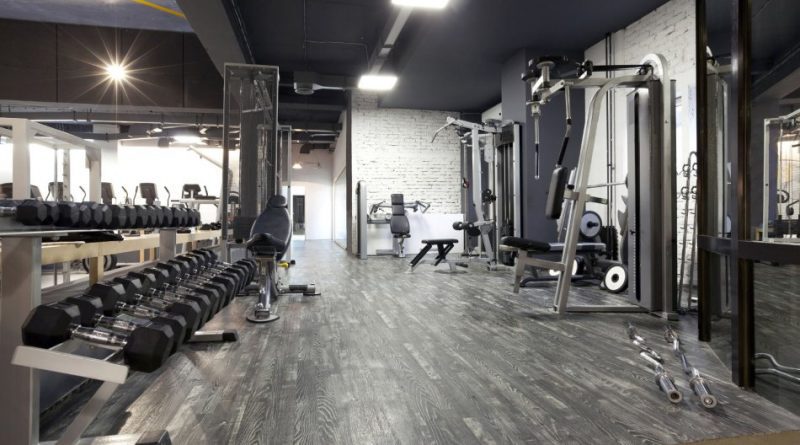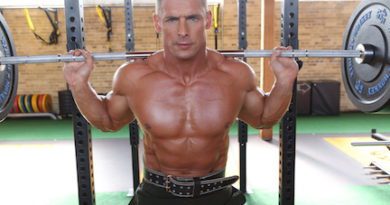Have You Hit a Plateau You Can’t Break? Try a New Gym
A fairly common question I hear come up is when people find themselves in a plateau and can’t seem to get past it and continue seeing the results they were prior. Many change up their caloric intake or macros, some will spend more time doing cardio, some will go to the gym an extra day during week to hit an extra session of resistance training – yet, none of them have thought about the tactic I’ve found to help many people and it’s something you probably never even considered. If you hit a plateau and you can’t break it, try going to a new gym. Say whaaaaaat? It’s true and here’s why.
Disclaimer: This article is for informational purposes only and is not meant to treat or diagnose any condition. It is recommended that you speak with your doctor before starting any exercise program, changing your daily nutrition, or adding any supplements to your regimen.

What Does It Mean When You Hit a Plateau?
Hitting a plateau in your workouts refers to a period where you experience a lack of progress or improvement despite consistent effort and training. It can occur in various aspects of fitness, such as strength, muscle gain, endurance, or weight loss. Plateaus are common and can happen for several reasons:
- Adaptation: Your body is highly adaptive, and it can get accustomed to the stress you put on it during workouts. Initially, you may see rapid improvements, but over time, your body may adapt, leading to a slowdown in progress.
- Lack of Variation: Doing the same exercises, using the same weights, or following the same workout routine for an extended period can contribute to plateaus. Introducing variety and changing your routine can help break through stagnation.
- Insufficient Intensity: If your workouts are not challenging enough, your body may not need to adapt or grow stronger. Increasing the intensity, whether through heavier weights, more repetitions, or shorter rest periods, can help stimulate further progress.
- Inadequate Recovery: Proper recovery is crucial for muscle growth and overall performance. If you’re not allowing enough time for rest and recovery between workouts, your body may struggle to repair and build muscle, leading to a plateau.
- Nutritional Factors: Your diet plays a significant role in your fitness progress. Inadequate nutrition, whether it’s insufficient calories, protein, or other essential nutrients, can hinder your ability to make gains.
- Overtraining: On the flip side, excessive training without adequate rest can lead to overtraining, causing fatigue, decreased performance, and a lack of progress.
To overcome a plateau, consider the following strategies:
- Change Your Routine: Modify your workout routine by incorporating new exercises, changing the order of your exercises, or trying different training techniques.
- Increase Intensity: Gradually increase the intensity of your workouts by lifting heavier weights, adding more sets or repetitions, or reducing rest periods.
- Ensure Proper Nutrition: Evaluate your diet to ensure you’re getting the right balance of nutrients to support your fitness goals. This includes sufficient protein, carbohydrates, fats, vitamins, and minerals.
- Prioritize Recovery: Ensure you’re allowing adequate time for rest and recovery. This may involve getting enough sleep, incorporating rest days, and practicing stress-reducing activities.
- Consider Deloading: Periodically, reduce the volume or intensity of your workouts for a short period to allow your body to recover. This is known as deloading and can help prevent overtraining.
- Set Realistic Goals: Reevaluate your fitness goals and make sure they are realistic and achievable. Adjusting your expectations can help you stay motivated and focused on continuous improvement.
Remember that plateaus are a normal part of fitness progression, and overcoming them often involves making adjustments to your training, nutrition, and recovery strategies.
Is It Difficult Finding a New Gym?

Finding a new gym can vary in difficulty depending on various factors, including your location, preferences, and specific needs. Here are some considerations that may influence the difficulty of finding a new gym:
- Location: The availability of gyms in your area will impact your options. If you live in a densely populated area, you may have more choices compared to a rural location.
- Gym Density: In urban areas or fitness-conscious communities, there might be multiple gyms to choose from, offering different amenities, services, and price points. In less populated areas, you may have fewer options.
- Budget: Your budget plays a significant role. Some gyms are more expensive due to the facilities and services they offer. Determine your budget beforehand to narrow down your choices.
- Specialized Requirements: If you have specific fitness goals or require specialized equipment or classes, finding a gym that meets these criteria might be more challenging. For example, if you’re into powerlifting, you’d want a gym with appropriate equipment.
- Hours of Operation: Consider the gym’s hours of operation and whether they align with your schedule. Some people prefer 24-hour gyms for flexibility, while others may have specific time constraints.
- Trial Memberships or Visits: Many gyms offer trial memberships or allow you to visit for a day. Taking advantage of these options can help you assess the gym’s atmosphere, cleanliness, and overall suitability.
- Community and Atmosphere: The gym’s atmosphere and community are important factors. Some people prefer a more social environment, while others want a quiet and focused space. Visiting the gym during peak hours can give you a sense of its atmosphere.
- Cleanliness and Maintenance: Pay attention to the cleanliness and maintenance of the gym. A well-maintained facility with clean equipment is often indicative of a gym that cares about its members.
- Contract Terms: Read the contract terms carefully before joining. Some gyms may have long-term contracts or cancellation fees. Make sure you understand the terms and conditions.
- Reviews and Recommendations: Check online reviews or ask for recommendations from friends and locals. This can provide insights into the experiences of other gym-goers and help you make an informed decision.

While finding a new gym can be a process, taking the time to research and visit potential options will increase the likelihood of finding a facility that aligns with your fitness goals and preferences. Remember that personal preferences play a significant role, so what works for one person may not work for another.
How Joining a New Gym Can Help When You Hit a Plateau
While you could easily try the things that are mentioned above, sometimes naturally things happen when you get a change of scenery. What I mean is, you could be in a slump at the gym where you’re going through the motions but think you’re training with intensity. You get into a routine and each week it’s the same thing over and over again. You use the same weights, the same exercises, the same equipment, and work out at the same time surrounded by the same people. Doesn’t that sound boring just reading it? Unfortunately, that’s the reality for many people.
Related Article: Is Carbon Culture the Ultimate Gym for Bodybuilders?
Change it up. Now, I’m not saying to go from a $10 Planet Fitness membership to a $300+ per month Equinox membership and find yourself broke. All I’m saying is find another comparable gym in your area and cancel your membership at the place you’re currently at and start a new membership somewhere else.
The key is to ensure everything you need is at the new gym you are thinking about joining. The last thing you want to do is go from a gym that has a great selection and wide variety of equipment and move to some basement gym with bare-bones equipment where half of the machines are broken and can’t be used.
If you hit a plateau, joining a new gym will be reinvigorating. You’re surrounded by new people. New motivation. New equipment. The great thing about new equipment is that not all equipment is created equal and even though the name might be the same (think chest press for example), each machine from various manufacturers could hit the muscle from different angles which could be enough to break free when you hit a plateau.
Far too many people give in and give up when they hit a plateau. They think, “Well, this is just my body telling me this is as far as I can go.” And they give up. You can’t give up. Your body just needs something different – a different stimulus to hit a plateau head on and force your body to make changes.
Click here to continue reading…


*Disclosure: This article may contain affiliate links or ads, which means we earn a small commission at no extra cost to you if you make a purchase through these links. These commissions help support the operation and maintenance of our website, allowing us to continue producing free valuable content. Your support is genuinely appreciated, whether you choose to use our links or not. Thank you for being a part of our community and enjoying our content.
PLEASE CONSIDER SHARING THIS ON YOUR SOCIAL MEDIA TO HELP OTHERS LEARN MORE ABOUT THIS TOPIC.





